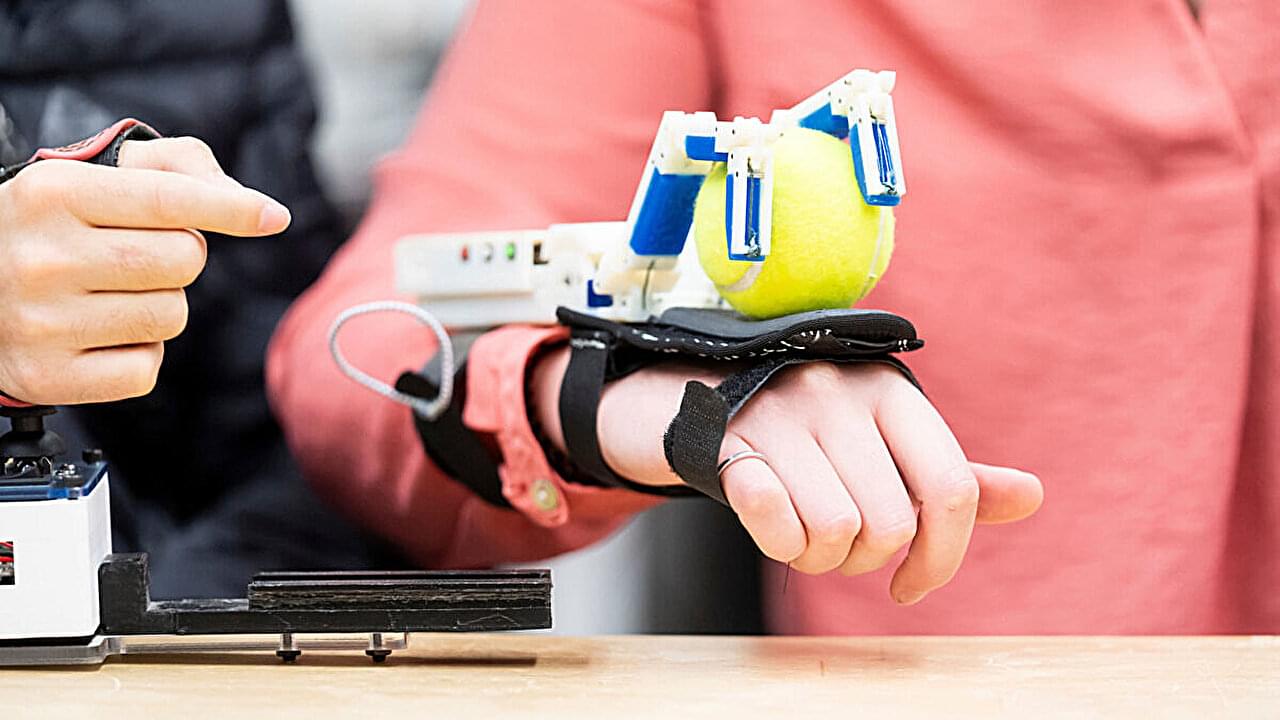More than 15 million people worldwide are living with spinal cord injury (SCI), which can affect their sensory and motor functions below the injury level. For individuals with SCI between C5 and C7 cervical levels, this can mean paralysis affecting their limbs and limited voluntary finger and wrist flexion, making it difficult to grasp large, heavy objects.
Now, a team of UC Berkeley engineers from the Embodied Dexterity Group has developed a wearable device to enhance grasping functionality in this population. Dubbed the Dorsal Grasper, this assistive device leverages voluntary wrist extension and uses supernumerary robotic fingers on the back of the hand to facilitate human-robot collaborative grasping.
In a study recently featured in IEEE Transactions on Neural Systems and Rehabilitation Engineering, the researchers demonstrated for the first time how the Dorsal Grasper can expand users’ graspable workspace. Test subjects found that they could easily grasp objects anywhere they could reach their arm, without having to rotate their bodies, which can cause wheelchair users to lose their balance.
